Related Research Articles

Camouflage is the use of any combination of materials, coloration, or illumination for concealment, either by making animals or objects hard to see, or by disguising them as something else. Examples include the leopard's spotted coat, the battledress of a modern soldier, and the leaf-mimic katydid's wings. A third approach, motion dazzle, confuses the observer with a conspicuous pattern, making the object visible but momentarily harder to locate, as well as making general aiming easier. The majority of camouflage methods aim for crypsis, often through a general resemblance to the background, high contrast disruptive coloration, eliminating shadow, and countershading. In the open ocean, where there is no background, the principal methods of camouflage are transparency, silvering, and countershading, while the ability to produce light is among other things used for counter-illumination on the undersides of cephalopods such as squid. Some animals, such as chameleons and octopuses, are capable of actively changing their skin pattern and colours, whether for camouflage or for signalling. It is possible that some plants use camouflage to evade being eaten by herbivores.

The Desert Battle Dress Uniform (DBDU) is a U.S. arid-environment camouflage battle uniform that was used by the United States Armed Forces from the early 1980s to the early to mid 1990s, most notably during the Persian Gulf War. Although the U.S. military has long since abandoned the pattern, it is still in widespread use by militaries across the world as of the early 2020s.

Flecktarn is a family of three-, four-, five- or six-color disruptive camouflage patterns, the most common being the five-color pattern, consisting of dark green, grey-green, red brown, and black over a light green or tan base depending on the manufacturer. The original German five-color pattern was designed for use in European temperate woodland terrain. A three-color variation called Tropentarn is intended for arid and desert conditions; the German Bundeswehr wore it in Afghanistan.
Military miniaturism is a niche within the broader hobby of modeling focusing on military subjects. It is itself a rather broad subject, dealing with any scale model of military theme. It has an ever growing range of sub-hobbies, including scale figure modeling, armour modeling, model ship building, military aviation modeling, and historical wargaming.
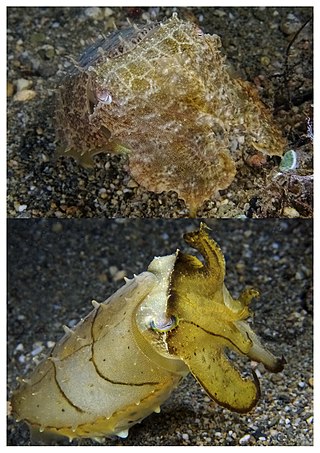
Active camouflage or adaptive camouflage is camouflage that adapts, often rapidly, to the surroundings of an object such as an animal or military vehicle. In theory, active camouflage could provide perfect concealment from visual detection.

Dazzle camouflage, also known as razzle dazzle or dazzle painting, is a family of ship camouflage that was used extensively in World War I, and to a lesser extent in World War II and afterwards. Credited to the British marine artist Norman Wilkinson, though with a rejected prior claim by the zoologist John Graham Kerr, it consisted of complex patterns of geometric shapes in contrasting colours interrupting and intersecting each other.
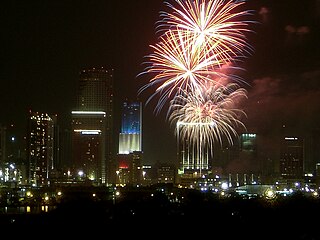
In color theory, a color scheme is the choice of colors used in various artistic and design contexts. For example, the "Achromatic" use of a white background with black text is an example of a basic and commonly default color scheme in web design.

Military camouflage is the use of camouflage by an armed force to protect personnel and equipment from observation by enemy forces. In practice, this means applying colour and materials to military equipment of all kinds, including vehicles, ships, aircraft, gun positions and battledress, either to conceal it from observation (crypsis), or to make it appear as something else (mimicry). The French slang word camouflage came into common English usage during World War I when the concept of visual deception developed into an essential part of modern military tactics. In that war, long-range artillery and observation from the air combined to expand the field of fire, and camouflage was widely used to decrease the danger of being targeted or to enable surprise. As such, military camouflage is a form of military deception in addition to cultural functions such as political identification.
Haze gray and underway is a United States Navy saying that refers to surface ships in arduous duty at sea, in contrast to submarines or naval units in ceremonial roles or in port. It is a term of tribal pride and identification, e.g. surface ship crew use it to distinguish themselves from submarine crew.

An aircraft livery is a set of comprehensive insignia comprising color, graphic, and typographical identifiers which operators apply to their aircraft.

Splittertarnmuster, Splittertarn or Splittermuster (splinter-pattern) is a four-colour military camouflage pattern developed by Germany in the late 1920s, first issued to the Reichswehr in 1931.

Ship camouflage is a form of military deception in which a ship is painted in one or more colors in order to obscure or confuse an enemy's visual observation. Several types of marine camouflage have been used or prototyped: blending or crypsis, in which a paint scheme attempts to hide a ship from view; deception, in which a ship is made to look smaller or, as with the Q-ships, to mimic merchantmen; and dazzle, a chaotic paint scheme which tries to confuse any estimate of distance, direction, or heading. Counterillumination, to hide a darkened ship against the slightly brighter night sky, was trialled by the Royal Canadian Navy in diffused lighting camouflage.
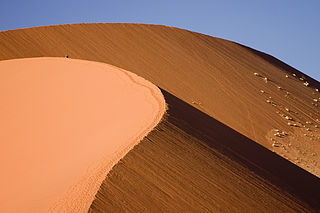
Desert sand is a very light and very weakly saturated reddish yellow colour which corresponds specifically to the coloration of sand. It may also be regarded as a deep tone of beige.

Aircraft camouflage is the use of camouflage on military aircraft to make them more difficult to see, whether on the ground or in the air. Given the possible backgrounds and lighting conditions, no single scheme works in every situation. A common approach has been a form of countershading, the aircraft being painted in a disruptive pattern of ground colours such as green and brown above, sky colours below. For faster and higher-flying aircraft, sky colours have sometimes been used all over, while helicopters and fixed-wing aircraft used close to the ground are often painted entirely in ground camouflage. Aircraft flying by night have often been painted black, but this actually made them appear darker than the night sky, leading to paler night camouflage schemes. There are trade-offs between camouflage and aircraft recognition markings, and between camouflage and weight. Accordingly, visible light camouflage has been dispensed with when air superiority was not threatened or when no significant aerial opposition was anticipated.
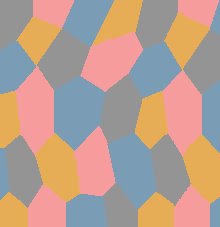
Lozenge camouflage was a military camouflage scheme in the form of patterned cloth or painted designs used by some aircraft of the Central Powers in the last two years of World War I, primarily those of the Imperial German Luftstreitkräfte. It takes its name from the repeated polygon shapes incorporated in the designs, many of which resembled lozenges. In Germany it was called Buntfarbenaufdruck but this designation includes other camouflage designs such as Splittermuster and Leibermuster, and does not include hand-painted camouflage.
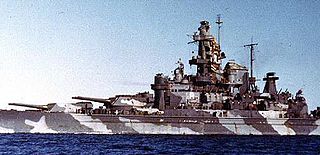
In 1935, the United States Navy Naval Research Laboratory began studies and tests on low visibility ship camouflage. Research continued through World War II to (1) reduce visibility by painting vertical surfaces to harmonize with the horizon and horizontal surfaces to blend with the sea, or (2) confuse identity and course by painting obtrusive patterns on vertical surfaces. Some camouflage methods served both purposes. American captains were permitted less freedom of interpretation with these schemes than their British Commonwealth counterparts applied to Admiralty camouflage schemes.

The Wz. 68 was an overprint on cotton fabric in protective colors, which are camouflage, used for sewing military uniforms for soldiers of LWP, militiamen of Milicja Obywatelska, members of Prison Guards, policemen and for the Polish Fire Department. It was produced in 1969-1989. Moro replaced the older camouflage pattern wz. 58, called "deszczyk". Moro was replaced in 1989 by Wz. 89 Puma. Moro is an acronym of the Polish name of the fabric "materiał odzieżowy roboczo-ochronny" which means "clothing textile for work and protection".
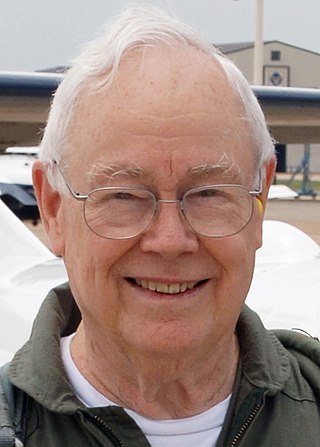
Keith Ferris is an aviation artist whose work is displayed at the Smithsonian Institution's National Air and Space Museum and the National Museum of the US Air Force and has been cited as the “Dean of American Aviation Art”. His work in aircraft camouflage has transformed the approach to painting US military aircraft.

Snow camouflage is the use of a coloration or pattern for effective camouflage in winter, often combined with a different summer camouflage. Summer patterns are typically disruptively patterned combinations of shades of browns and greys, up to black, while winter patterns are dominated by white to match snowy landscapes.
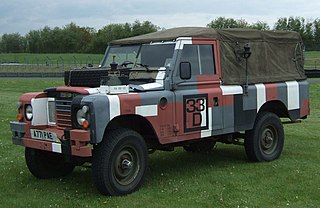
Urban camouflage is the use of camouflage patterns chosen to make soldiers and equipment harder to see in built-up areas, places such as cities and industrial parks, during urban warfare.